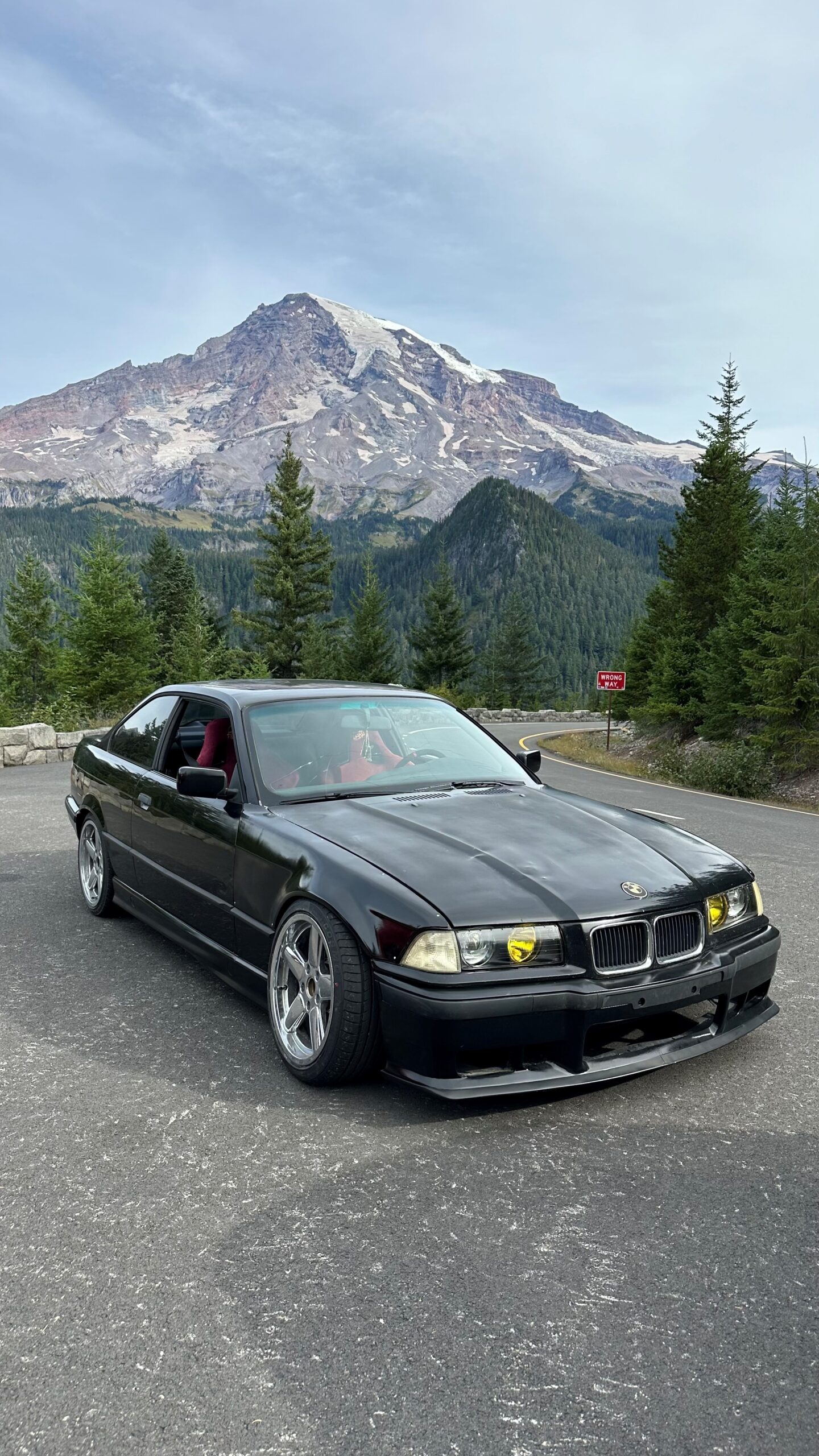Tag: Art Gamblin Motors
-

The 2025 Northwest C10’s Classic Truck Show – Proud Sponsors!
Art Gamblin Motors is thrilled to sponsor the 2025 Northwest C10’s Classic Truck Show, an event that promises to be bigger and better than ever! With an expected turnout of 350-400 Chevy trucks, this year’s show will be a must-see celebration of classic American craftsmanship and automotive passion. The weekend kicks off with the highly…
-

Gamblin Motors: Proud Sponsors of EHS Lacrosse Team!
We are now proud sponsors of the EHS Lacrosse Team! The Enumclaw High School Lacrosse Team represents dedication, teamwork, and a passion for the game. As a community, we take pride in supporting these student-athletes as they train, compete, and grow both on and off the field. Lacrosse is more than just a sport—it builds…
-

Meet Edgar: Sales Manager, Rodeo Competitor, and Horse Enthusiast!
Edgar’s passion for rodeo started early—riding at his grandpa’s cattle ranch in Mexico when he was just 4 or 5 years old. The main sport in town was coleadero (similar to steer wrestling), and he always wanted to try it. In his early 20s, when his dad bought their first ranch and they got horses, he…
-

Remembering Art Gamblin: A Legacy of Laughter, Luck, and Legendary Deals
March 17 is a day of celebration for many. While it’s well-known as St. Patrick’s Day, it also marks the 23rd anniversary of the passing of a true Enumclaw legend—Art Gamblin, the founder of Art Gamblin Motors. Art bought Paulson Chevrolet in 1969 and built a dealership that has been a cornerstone of the community…
-

Community Spotlight: Thank You, Gary Van Auken! Volunteer
A huge thank you to Gary Van Auken for volunteering his time at the Enumclaw High School Career Fair today! Gary played a key role in the Reality Fair, an interactive experience where seniors navigated real-world financial decisions. With his automotive expertise, he helped students determine what vehicle best fit their budget—giving them a glimpse…
-

Employee Recreational Fun: Get To Know Austin Sherbon, Drifting & Off-Road Wheeling
Austin Sherbon is a great salesman at Gamblin Motors. On top of that, he comes revved up with lots of hobbies & passions! One of them is working on cars and drifting them! He also goes from the street to off-roading in the mud when he’s out Wheeling. Best of both worlds! We asked him…
-

Employee Spotlight: Brianna Giraud, Service Advisor, Golf, & Puppies
This month, we’re excited to introduce Bri, one of our incredible Service Advisors! She started at Gamblin in March 2023 and has quickly become an essential part of our service team. Get to know Bri a little better! 🔧 How long have you been with Gamblin, and what do you enjoy most about your role…
-

Employee Adventures! Nathan’s Honeymoon to Brazil!
🌎✨ Our salesman Nathan just returned from an unforgettable honeymoon in Brazil with his wife! From breathtaking sights to incredible food, their adventure was one for the books. Stay tuned as we share some highlights from their trip! Nathan and his wife, Dani, recently embarked on a heartfelt journey to Brazil, visiting her hometown of…
-

Volunteer with us! Gamblin Motors Proudly Supports Rainier Foothills Wellness Foundation
At Gamblin Motors, community is at the heart of everything we do. For over 20 years, our very own, Alan Gamblin, has served as a dedicated board member of the Rainier Foothills Wellness Foundation (RFWF), a testament to our long-standing commitment to the health and well-being of Enumclaw and the Plateau area. The Rainier Foothills…
-

What Do the Warning Lights on My Vehicle Mean?
You may see different warning lights and icons pop up in your vehicle’s instrument cluster. We are here to help show what some of them mean and what you should do if you see them. Keep scrolling to read on! Or Skip to a Section by clicking one of these options below: Seat Belt and Airbag…
